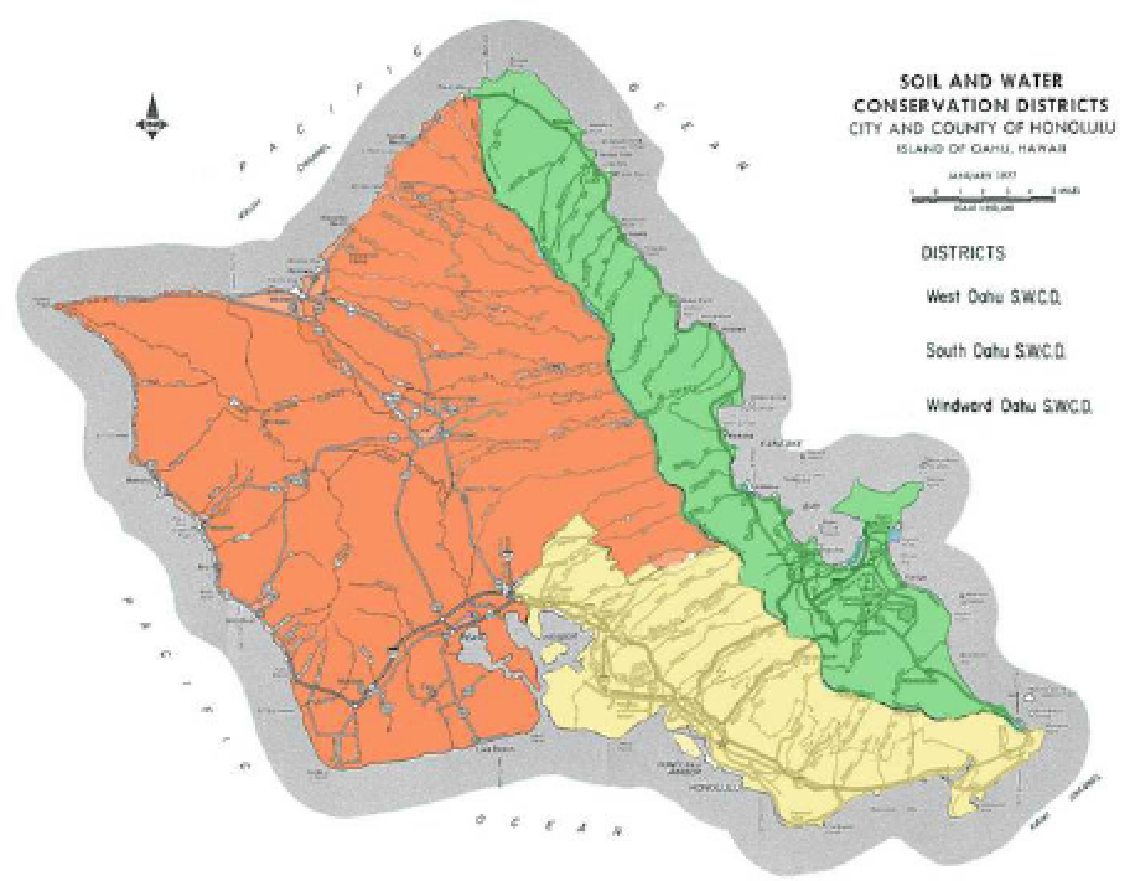CAP-Recap 2015
/Leilehua High School takes top honors at Oahu’s Conservation Awareness Program
This year CAP contest was a great success! The Oahu Soil and Water Conservation Districts (SWCD) partnered with the Natural Resources Conservation Service (NRCS) and the University of Hawaii College of Tropical Agriculture and Human Resources (CTAHR) to host the Oahu Conservation Awareness Program at the CTAHR Waimanalo Ag Research Station. With the support of the Department of Education, high school students from across the island came with their teachers to compete for cash prizes.
“It was really great to have the students get contacts for internships and careers, and also participate in the hands on service learning project,” said Jeff Garvey of Waipahu HS.
Students judging a pit
Congratulations to Leilehua High School for winningteam group score! We also recognize the teachers and students from Castle, Nanakuli, Olomana, Kalani, and Waipahu High Schools that competed in the Oahu contest.
Students experience service learning by building a Hale
There were three different land-use sites prepared for assessment. Students studied slope, soil texture, and natural resource concerns. Students also heard from specialists on soil science, natural resource management, and careers inagriculture and conservation. Generous financial support was provided by the Windward Oahu SWCD. Volunteer support also provided by farms of Pioneer, SOAP, HAF and Kiloanui Farm, and the NRCS, SWCD and CTAHR programs.
First Place individual score winner
Winners from the Oahu contest will go on to compete in the upcoming State Conservation Awareness Program on Hawaii Island. Best wishes to all the students at the upcoming State contest! We know that you will represent us well in the National competition.



































